Black and white photos displayed at an ongoing exhibition offer a glimpse into Ha Noi's ancient streets and historical vestiges in the late 19th and early 20th centuries.
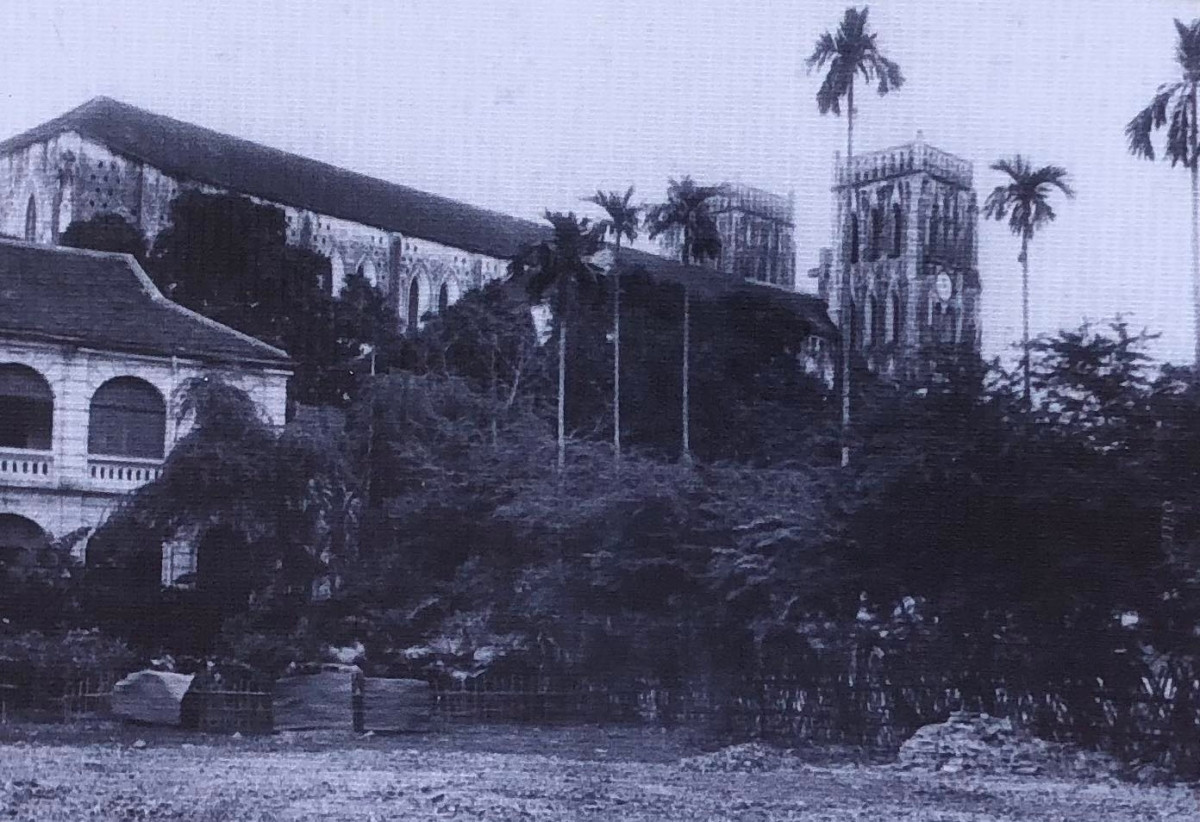
The archive photos are on display at Thang Long Imperial Citadel Heritage Area in Ha Noi to mark the 69th anniversary of the Capital's Liberation Day.
The exhibition will last until December 31, introducing about 150 documents and images, including two themes: the Streets of Ha Noi and East-West Intersection.
The exhibition highlights Ha Noi's developments and changes in the fields of planning and construction in the late 19th and early 20th centuries, a period that marked an important change in Ha Noi under the impact of the French.
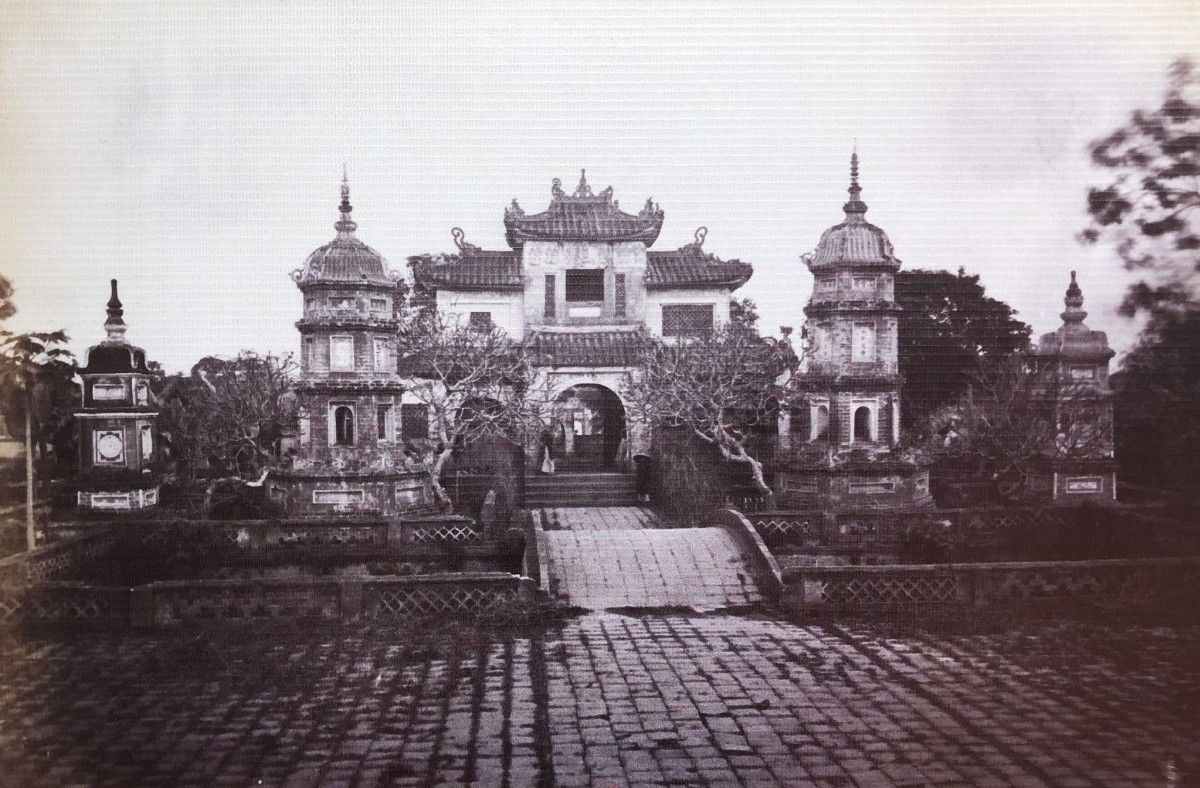
Kho Hinh pagoda consists of 180 compartments and 36 roofs, surrounded by a hexagonal wall. It also keeps many statues, all painted with bright red and gilded patterns.
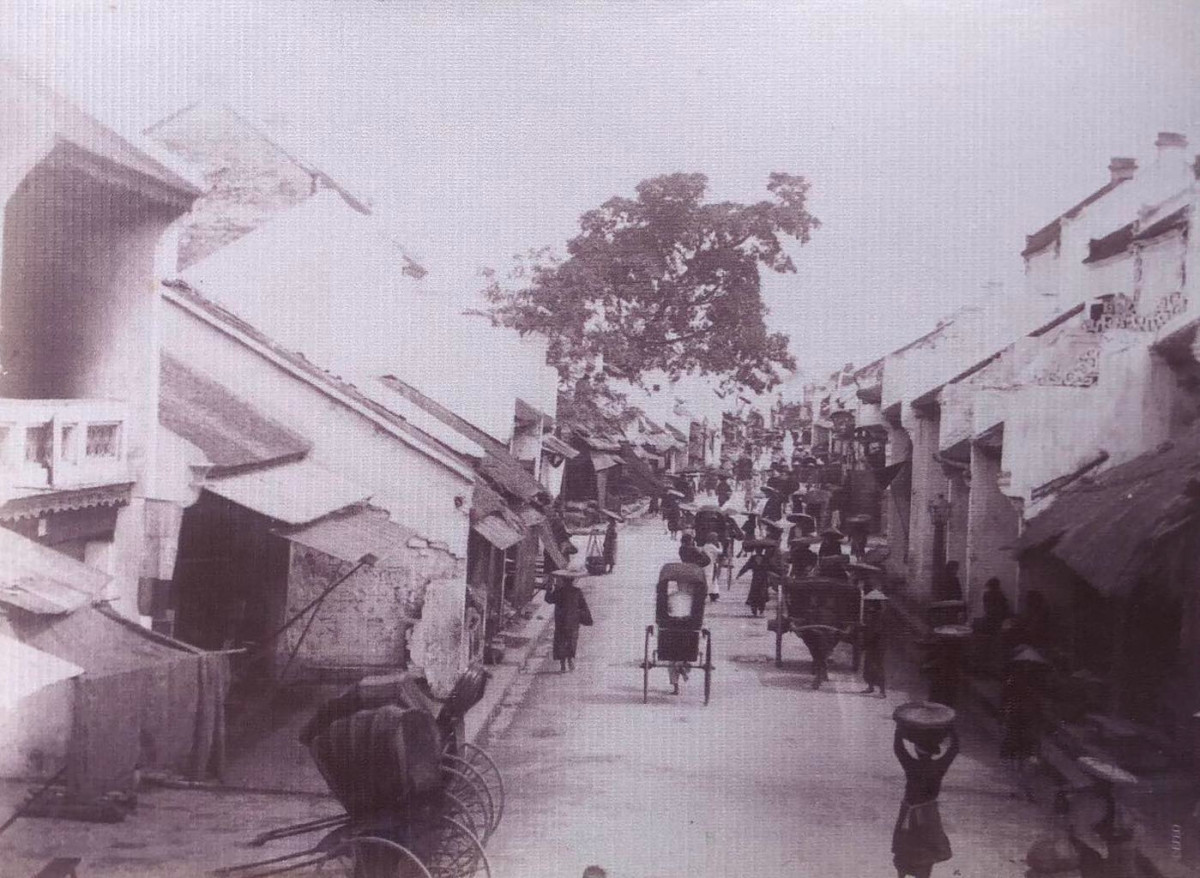
At that time, the French began to plan and build Ha Noi according to the foundations of the old capital Thang Long with the Ha Noi citadel at the center.
In addition to works such as the Flag Tower of Ha Noi, Doan Mon, the main southern gate to Thang Long Imperial Citadel, and dragon steps in front of Kinh Thien Palace that had been retained, a series of new neighborhoods and political and administrative centers were built.
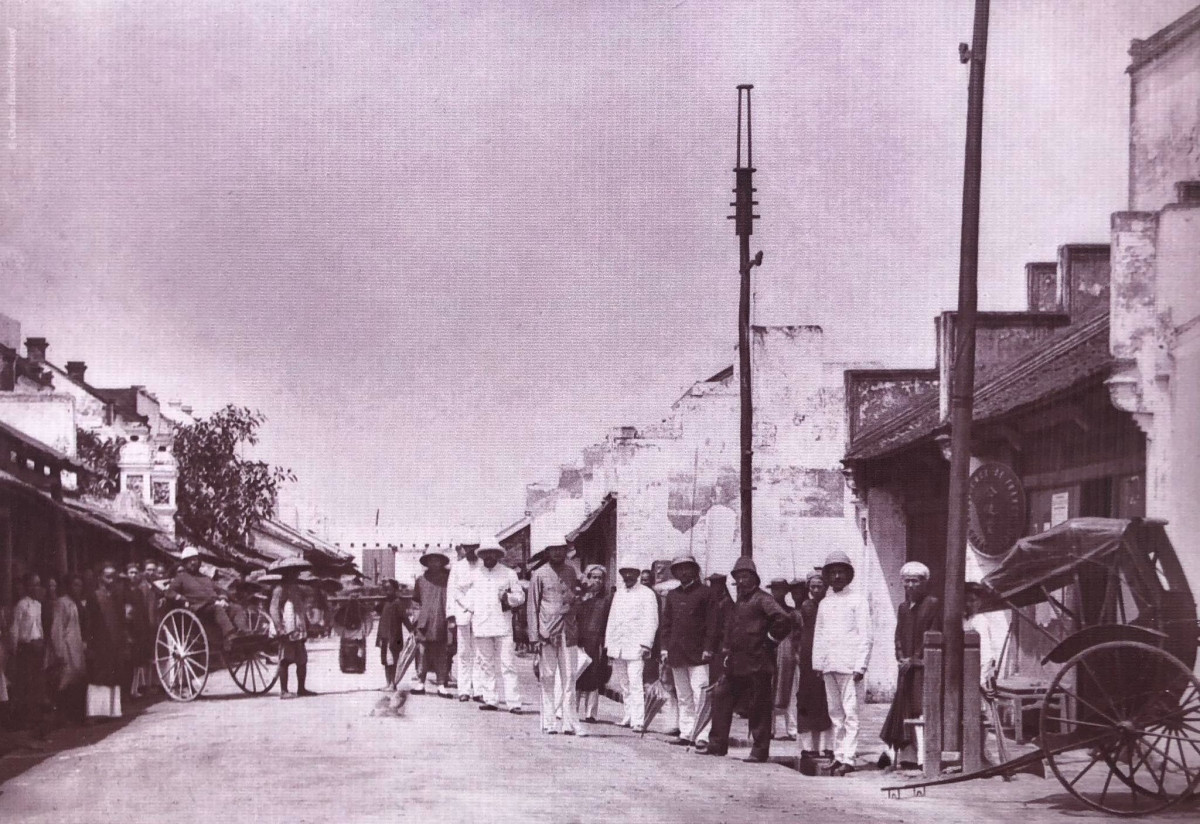
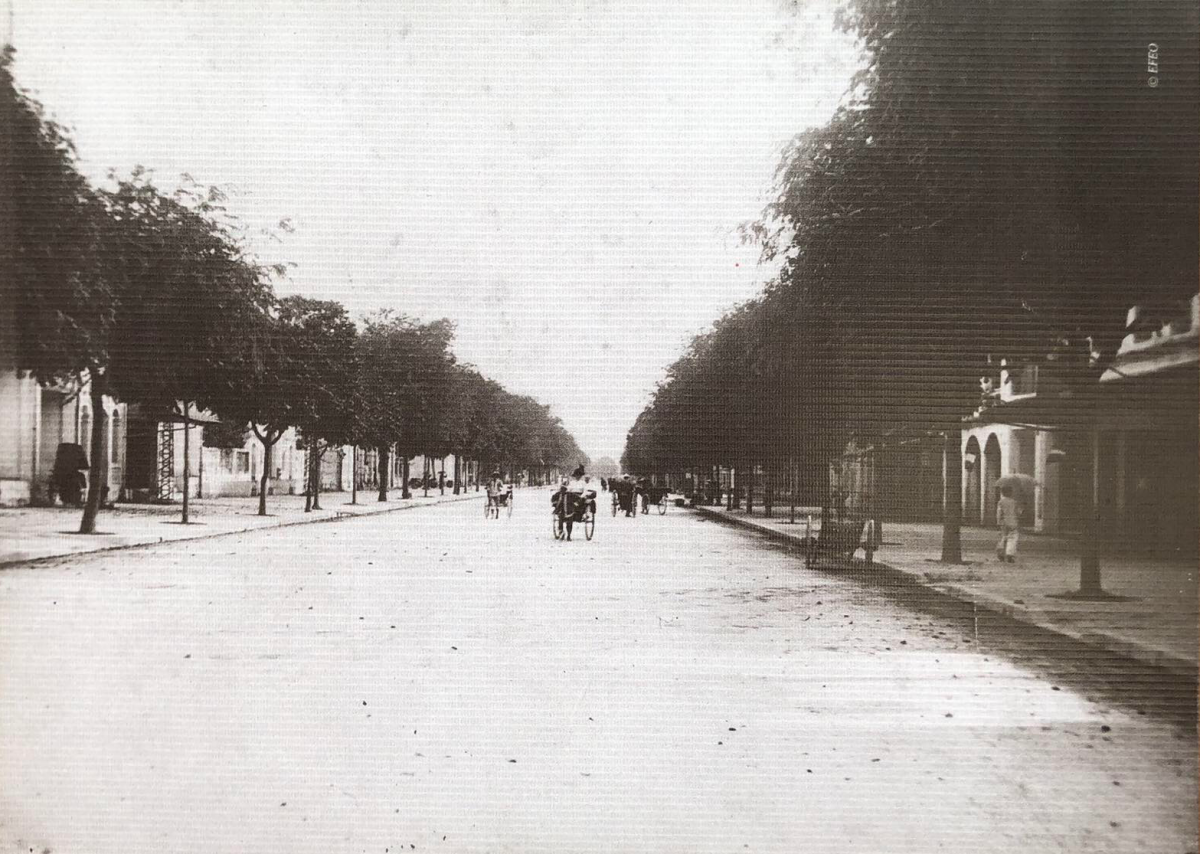
New streets were opened under the French planning such as Victor Hugo street (now Hoang Dieu street), Carnot avenue (now Phan Dinh Phung avenue), Nationale avenue (now Chu Van An street), République (now Hoang Van Thu street), Brière de l'Isle street (now Hung Vuong street), Puginier avenue (now Dien Bien Phu street).
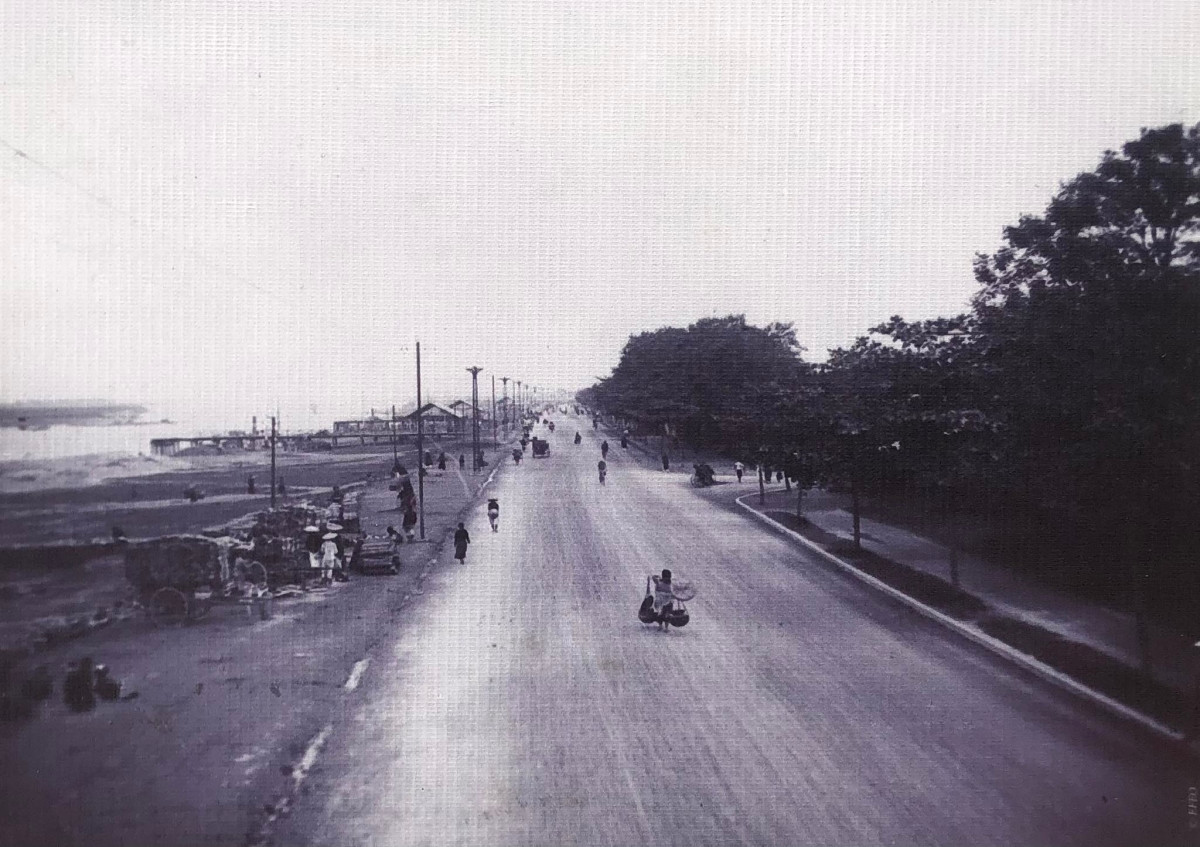
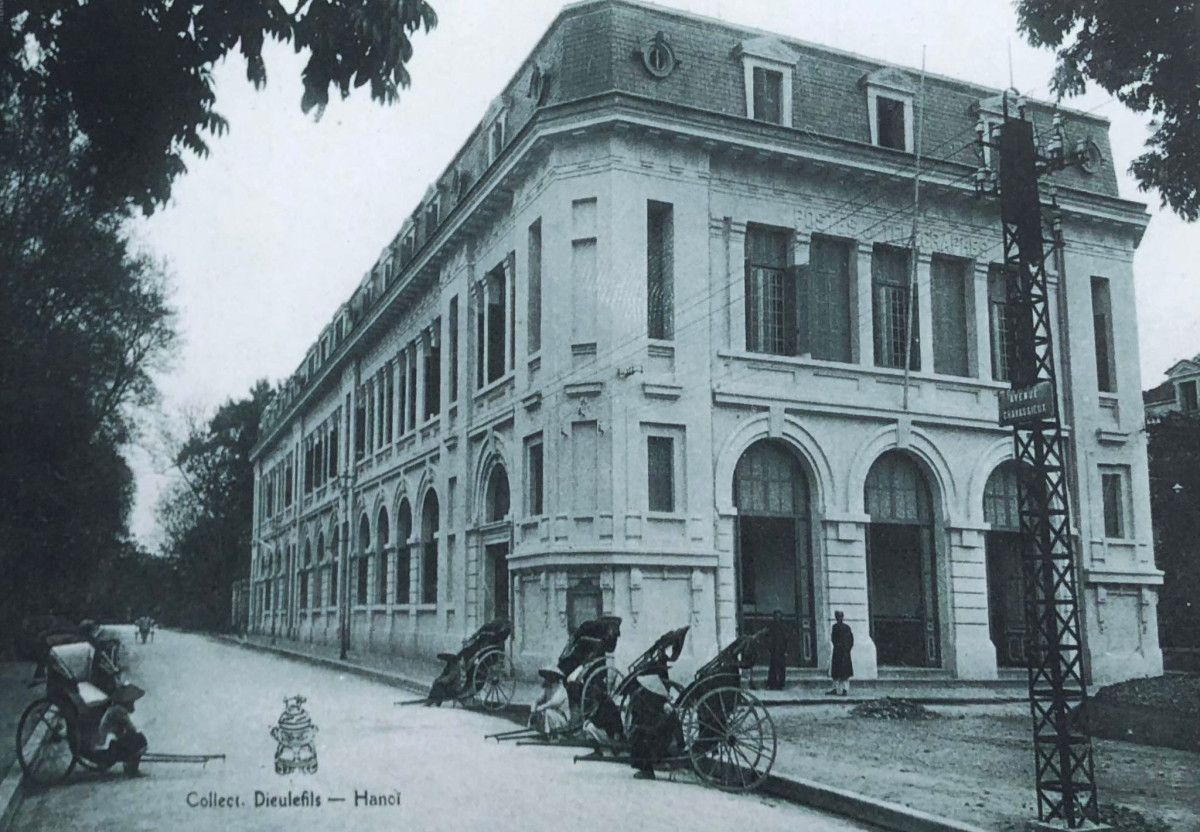
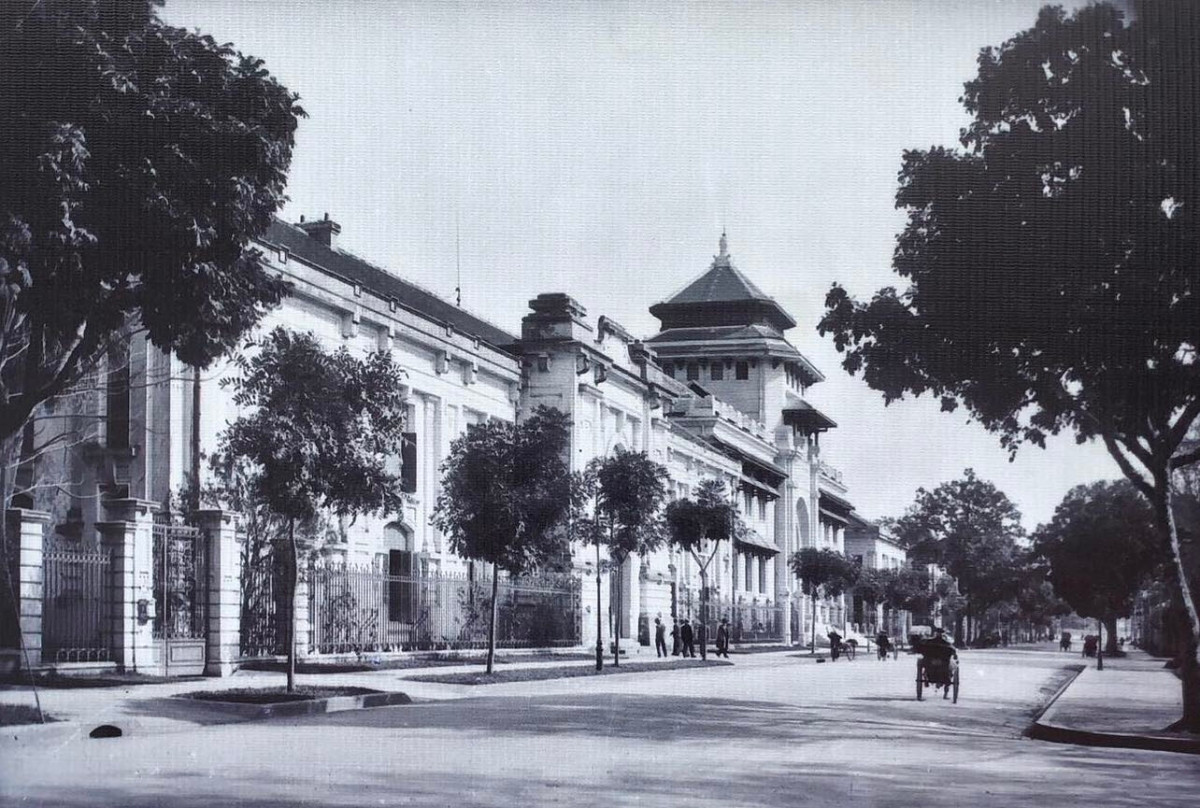
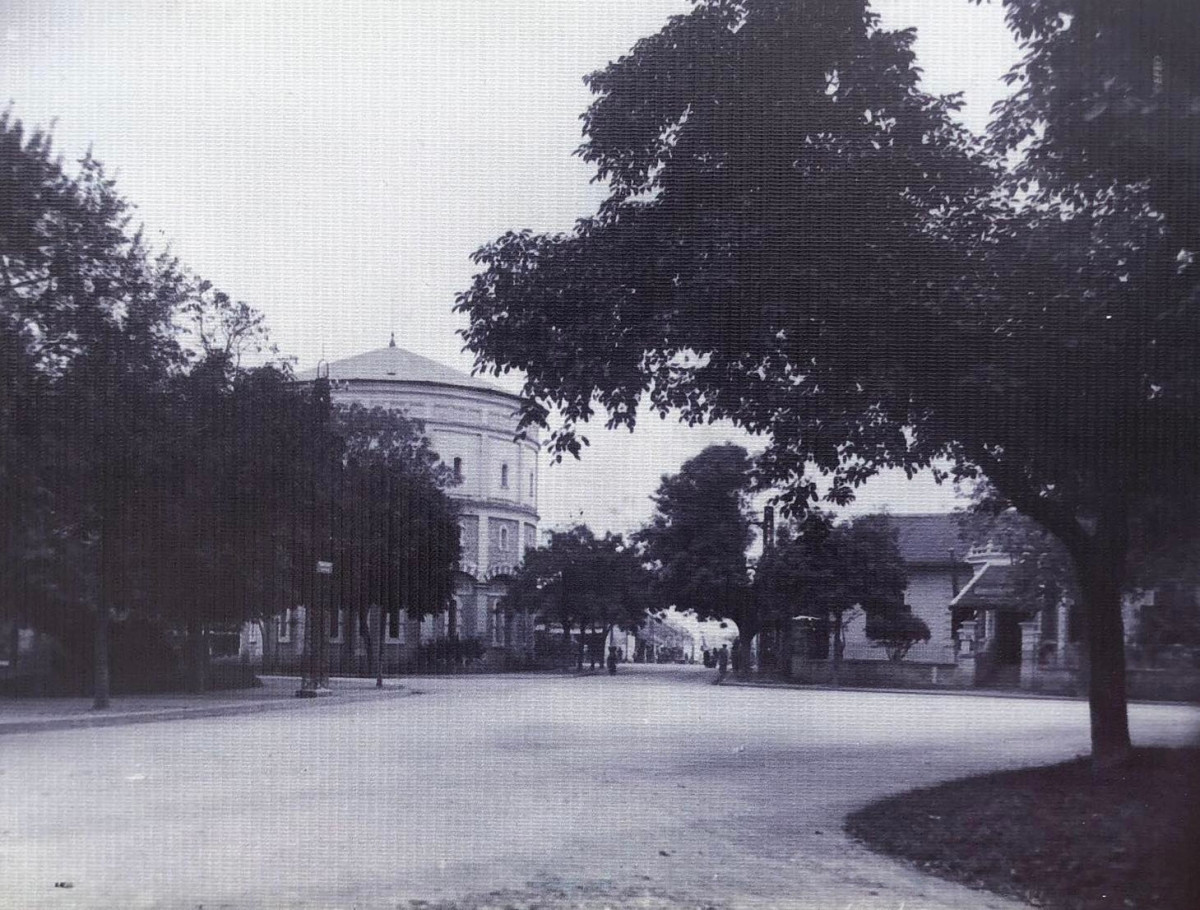
Hang Dau water tower was built in 1894, located at the intersection of the ancient streets of Hang Than, Hang Luoc, Hang Giay, Hang Dau, Quan Thanh and Phan Dinh Phung.
Despite many years of war, the water tower still exists as a historical testament.

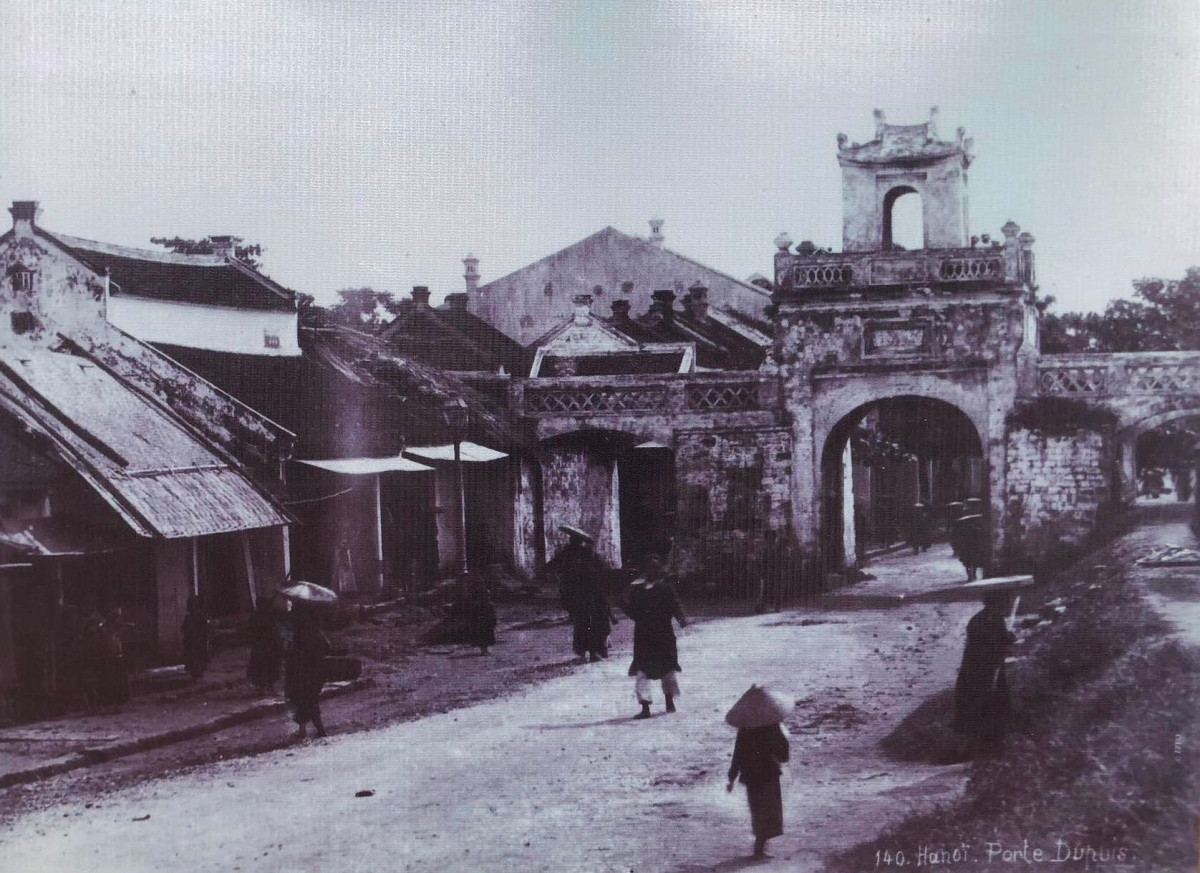
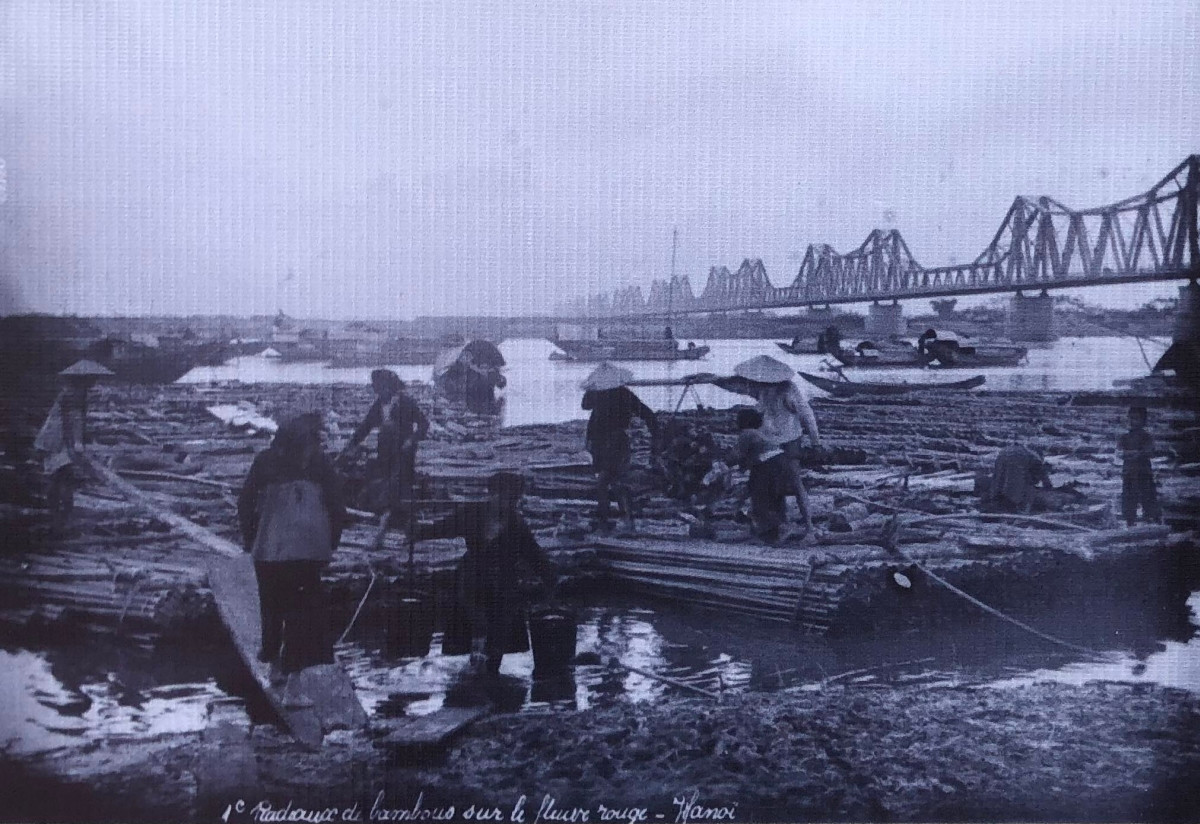
VNE